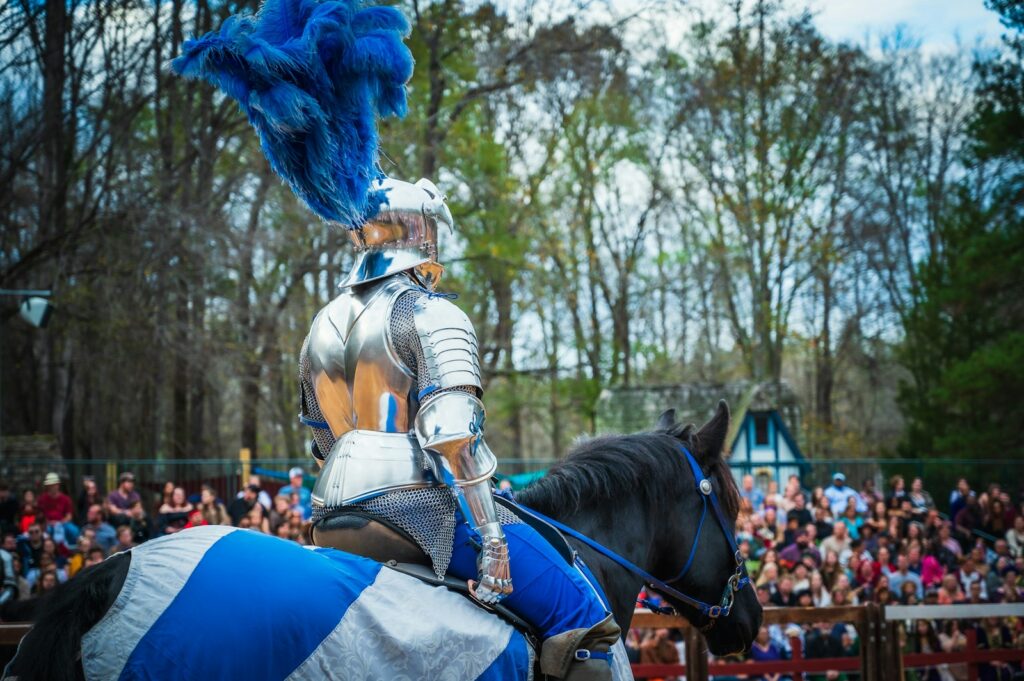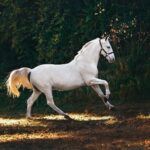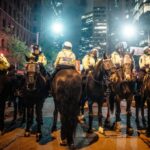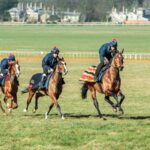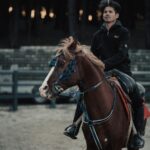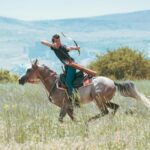When we conjure images of medieval times, horses almost invariably gallop through our imagination alongside knights in shining armor, colorful tournaments, and elaborate processions. These magnificent animals were not merely transportation in the Middle Ages—they were symbols of power, extensions of their riders’ status, and central figures in the pageantry that defined medieval celebrations. Today, horses continue to play a pivotal role in historical reenactments and medieval festivals worldwide, connecting modern audiences with centuries-old traditions through thundering hooves and flowing manes. From the spectacular jousting tournaments that captivated crowds in the 12th century to the meticulously researched equestrian displays at contemporary renaissance faires, horses remain ambassadors of a bygone era, bringing history vividly to life through their presence and performances.
Historical Significance of Horses in Medieval Society
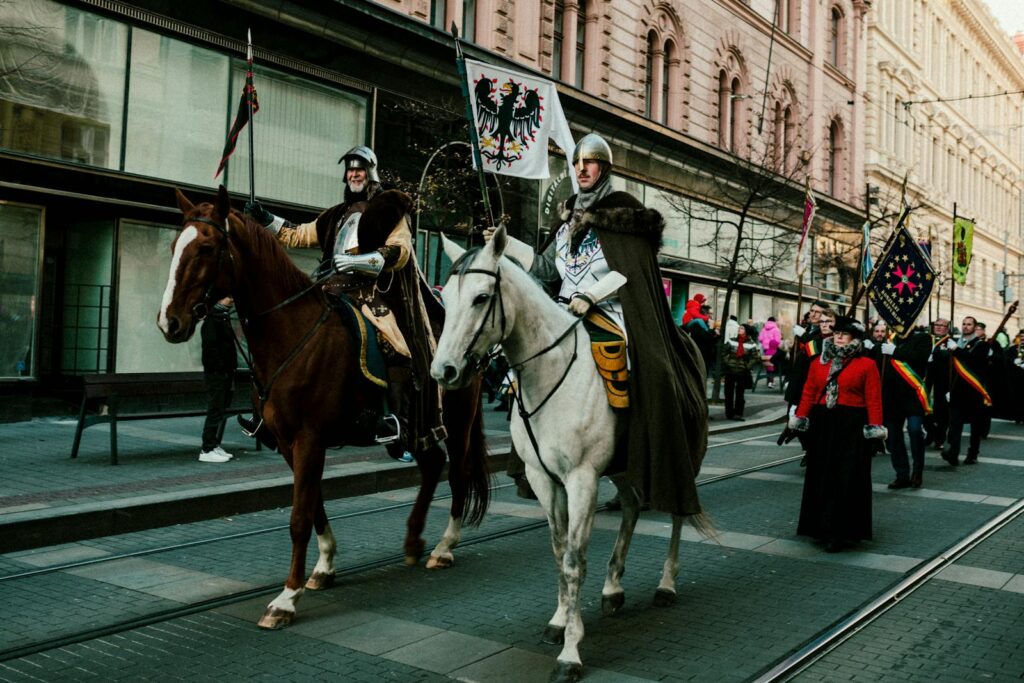
Horses stood at the center of medieval power structures, with their ownership and quality directly reflecting the social standing of their masters. Knights and nobility depended on specialized warhorses, particularly the destrier—a powerful, agile breed specifically trained for the chaos of battle and tournament fields. Beyond warfare, horses facilitated everything from agricultural work to long-distance travel, trade, and communication, essentially serving as the engines that powered medieval society. Their importance extended into cultural and religious symbolism, with horses appearing prominently in artwork, literature, and ceremonies throughout the period. This multifaceted significance made horses natural centerpieces for medieval festivities and celebrations, a tradition that informs authentic historical reenactments today.
Tournament Horses: The Stars of Medieval Competitions
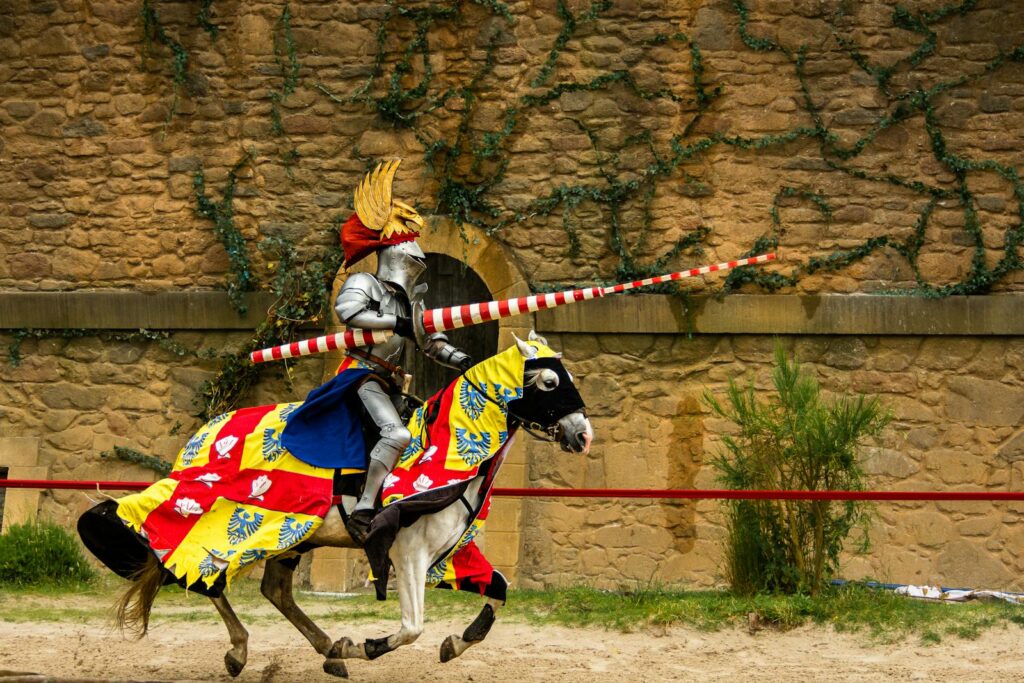
Medieval tournaments represented the pinnacle of equestrian spectacle, where specially trained horses demonstrated both raw power and precise control. The destrier, a heavyweight horse standing typically 15-16 hands high, was the preferred mount for jousting and melee competitions, valued for its strength, courage, and responsiveness under pressure. These animals underwent years of specialized training to overcome their natural flight instinct and instead charge directly toward danger—a counterintuitive behavior essential for jousting success. Tournament horses wore elaborate protective gear, including decorative caparisons (fabric coverings) bearing their riders’ heraldic symbols, and specialized armor called barding to protect vital areas from injuries. Modern reenactors meticulously research and recreate these equestrian accoutrements, often investing thousands of dollars to achieve historical accuracy in both appearance and function.
Jousting: The Ultimate Horse and Rider Partnership
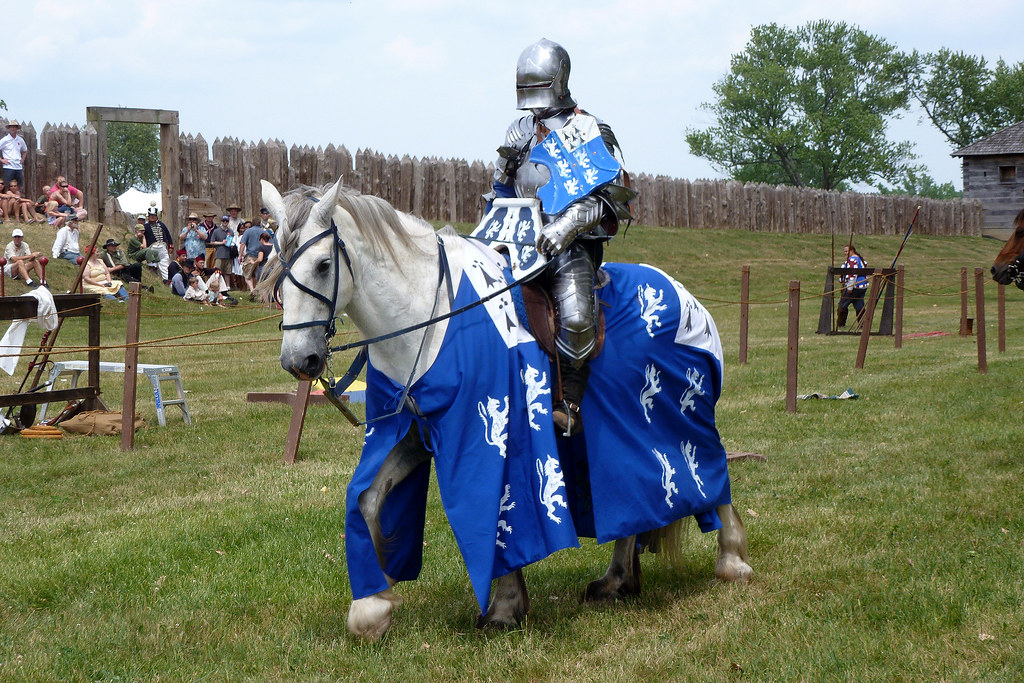
Jousting represents perhaps the most iconic equestrian activity of the medieval period, requiring exceptional harmony between horse and rider. During these contests, mounted knights would charge toward each other at gallop, aiming lances at opponents while maintaining perfect control of their mounts—a feat requiring immense skill from both human and equine participants. The horses needed to maintain a straight, unflinching charge despite the chaos, noise, and potential impacts occurring around them. Modern jousting reenactments follow strict safety protocols while still showcasing the genuine athletic demands of this historical sport. Contemporary jousting horses undergo specialized desensitization training, gradually acclimating them to flags, weapons, crowds, and the distinctive sounds of tournament fields to ensure they can perform confidently during events.
Breeding and Training Horses for Historical Accuracy
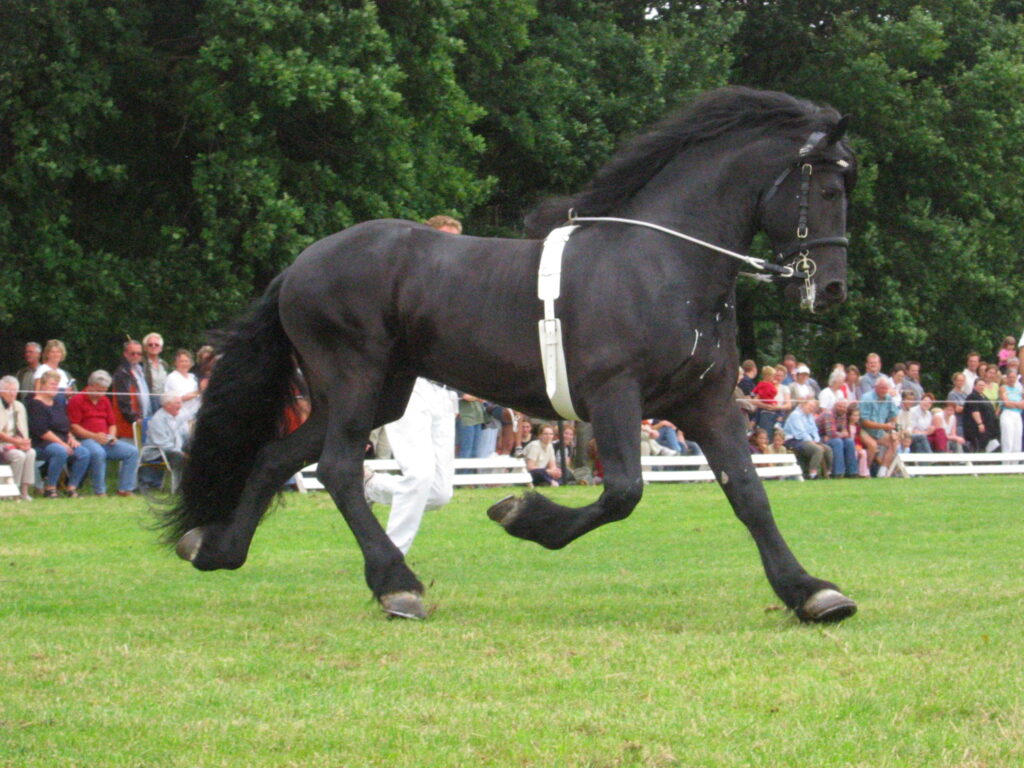
Creating authentic medieval equestrian experiences requires careful consideration of horse breeds and training methods that align with historical practices. While exact medieval horse breeds have evolved over centuries, reenactors often select animals with similar characteristics to historical types—Spanish horses, Friesians, and certain draft crosses frequently appear in festivals for their resemblance to medieval mounts. Training follows a combination of historical techniques gleaned from surviving manuals and modern horsemanship adapted to historical purposes. Many dedicated equestrian reenactors implement specialized training regimens focusing on lateral movements, collection, and precise responses to subtle leg and weight cues based on surviving texts like Dom Duarte’s 15th-century riding manual. This commitment to period-appropriate horsemanship extends beyond performance to encompass daily care, tack, and presentation methods documented in medieval sources.
Equestrian Pageantry and Processions
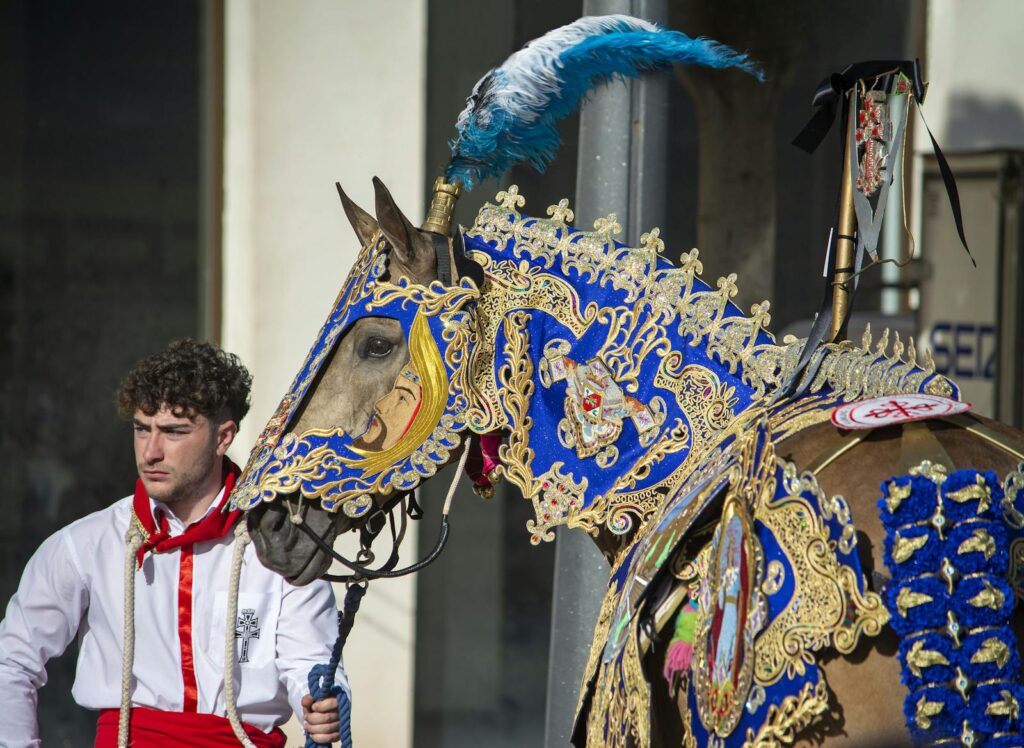
Medieval festivals frequently featured elaborate mounted processions where horses became living canvases for displaying wealth and status. Nobles and knights adorned their horses with vibrant caparisons, jeweled bridles, and ceremonial saddles during religious festivals, royal entrances, and tournament openings. These processional displays served political purposes beyond mere entertainment, visually reinforcing social hierarchies and alliances through carefully orchestrated equestrian presentations. Modern festival reenactors recreate these spectacles with painstaking attention to detail, researching historical accounts to accurately represent the colors, materials, and designs that would have adorned horses during specific time periods and regions. The sight of a coordinated equestrian procession with historically accurate trappings creates an immersive time-travel experience for festival attendees, connecting them visually to medieval aesthetic traditions.
Horses in Medieval Combat Reenactments
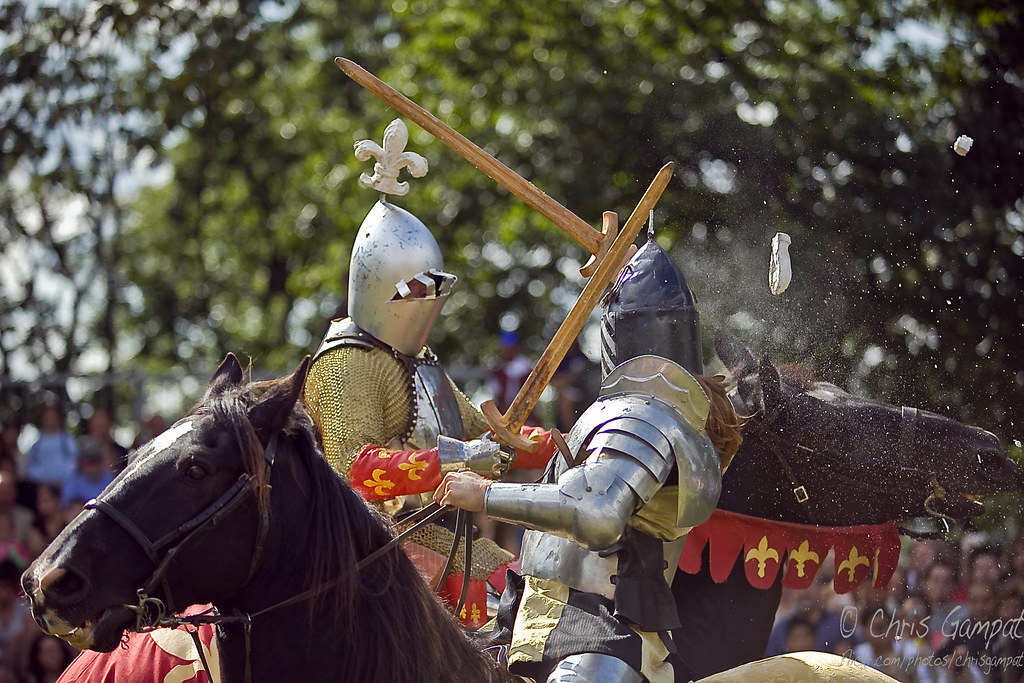
Beyond tournaments, horses played crucial roles in medieval warfare, a reality reflected in sophisticated battle reenactments at premier historical festivals. These displays showcase different types of war horses, from heavy cavalry mounts to lighter scouting horses, demonstrating how their various roles shaped battlefield tactics. Reenactors train extensively to execute complex maneuvers safely while wearing period armor and wielding weapons, creating dynamic living history lessons about mounted combat techniques. The horses themselves require specialized training to remain calm amid the chaos of simulated battle, including exposure to unusual sights, sounds, and movements that would typically trigger flight responses. These reenactments highlight not just combat techniques but also the logistical challenges of medieval mounted warfare, including the need for specialized equipment, support personnel, and the significant advantage mobile cavalry provided in medieval military engagements.
Historical Tack and Equipment Reproduction
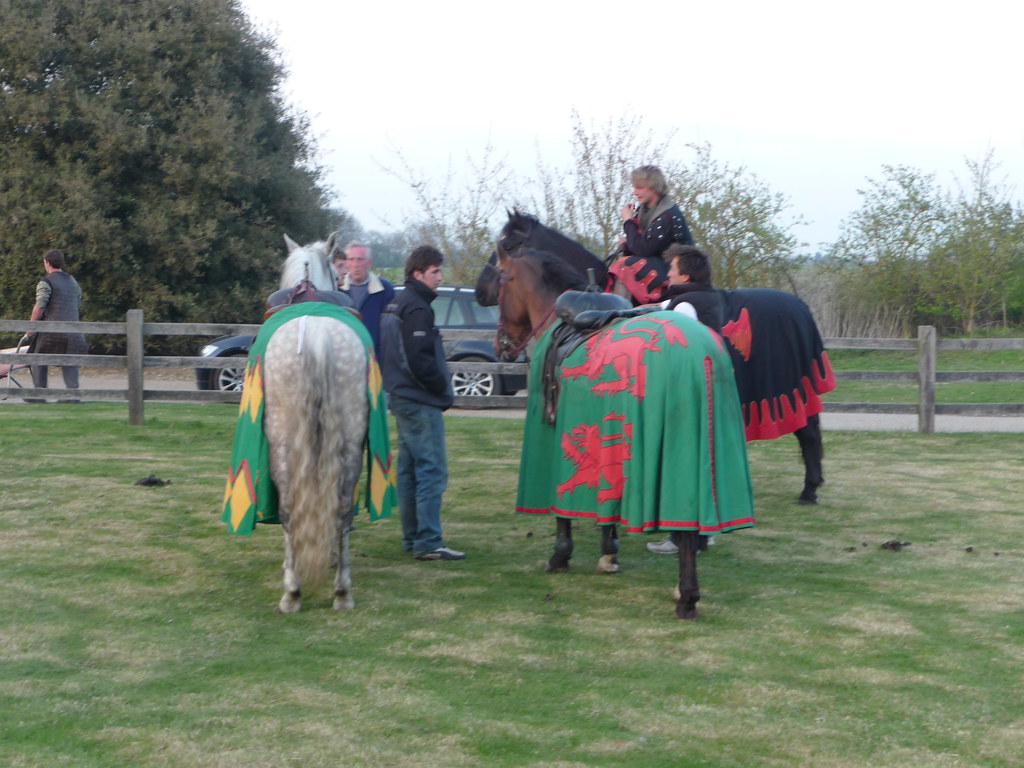
Creating convincing equestrian reenactments demands meticulously researched and crafted horse equipment based on archaeological findings, manuscript illustrations, and surviving artifacts. Saddles represent particularly important elements of historical accuracy, with distinct differences between civilian, military, and tournament designs—from high-cantled war saddles that secured knights during combat to ornate parade saddles featuring intricate carving and precious materials. Bridles, bits, and stirrups similarly followed period-specific designs that differed markedly from modern equipment in both form and function. Dedicated reenactors often work with specialized craftspeople who use traditional materials and techniques to reproduce these items, sometimes spending years perfecting a single set of historically accurate tack. This attention to detail extends to decorative elements like bosses, pendant ornaments, and metal fittings that would have adorned elite horses during festival appearances.
Horse-Based Skills and Games at Medieval Festivals
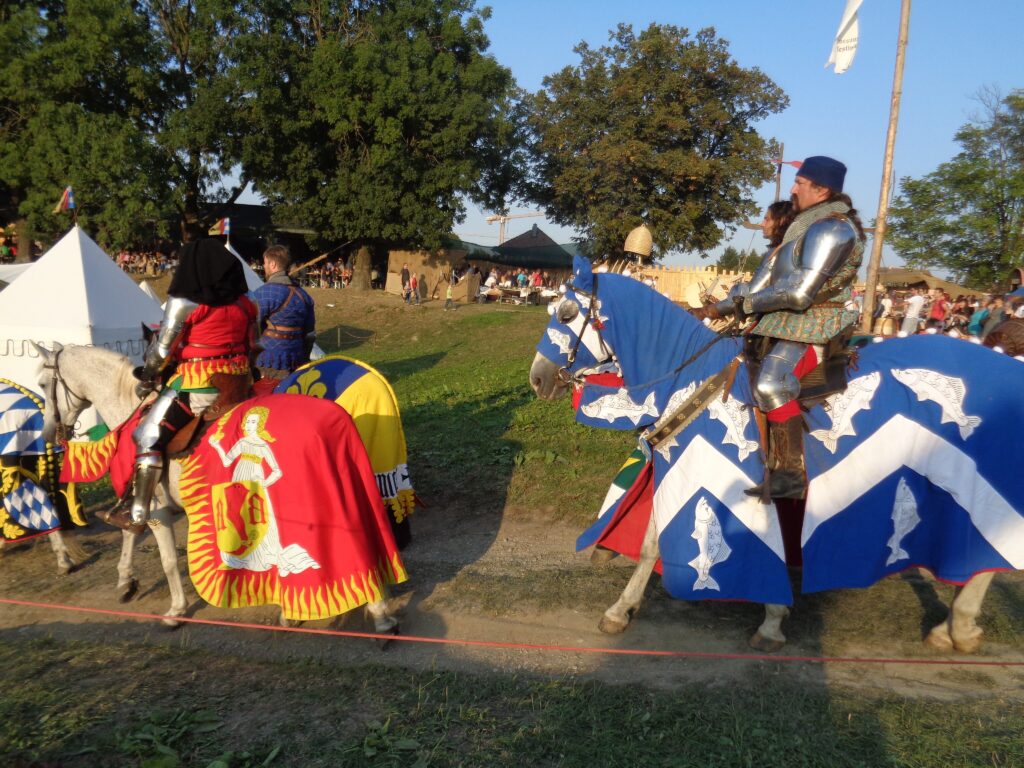
Medieval festivals featured numerous equestrian games and skill demonstrations beyond formal jousting, many of which appear in modern reenactments. Quintain training devices (spinning targets struck with lances) allowed knights to practice accuracy while riding at speed, often serving as both training tools and public entertainment. Ring-tilting competitions, where riders attempted to spear small rings while galloping, demonstrated precision horsemanship in a less dangerous format than full jousting. Games of skill like tent-pegging (retrieving objects from the ground at gallop) and mounted archery showcased different aspects of horse and rider coordination required in medieval life. These activities provide festival attendees with a broader understanding of medieval equestrian culture while offering varied entertainment beyond combat-focused demonstrations, highlighting the diverse ways horses contributed to both practical skills and recreational pursuits in medieval society.
The Role of Horses in Medieval-Themed Entertainment
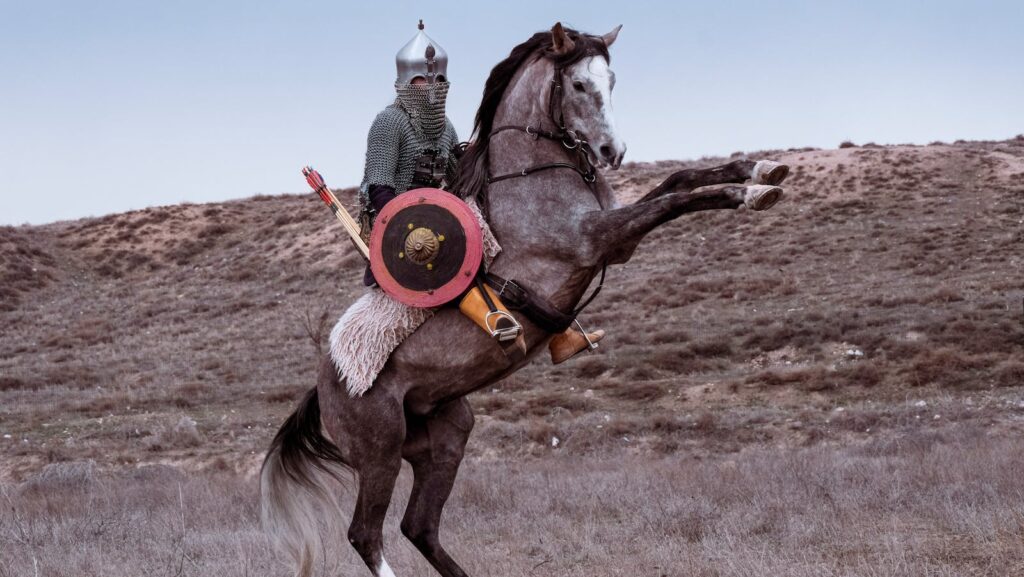
Beyond strictly historical reenactments, horses feature prominently in theatrical performances and storytelling at medieval festivals worldwide. Professional equestrian stunt teams often present choreographed shows combining historical elements with dramatic narrative, creating accessible entry points for audiences new to medieval history. These performances frequently incorporate music, pyrotechnics, and theatrical elements while still showcasing authentic horsemanship skills like mounted archery, trick riding, and formation drills. Many shows incorporate educational components, explaining the historical significance of different horse breeds, equipment, and riding techniques while entertaining spectators. The emotional connection audiences form with these equine performers often sparks deeper interest in historical subjects, making horses effective ambassadors for medieval history and culture in festival settings.
Welfare and Care Considerations for Reenactment Horses
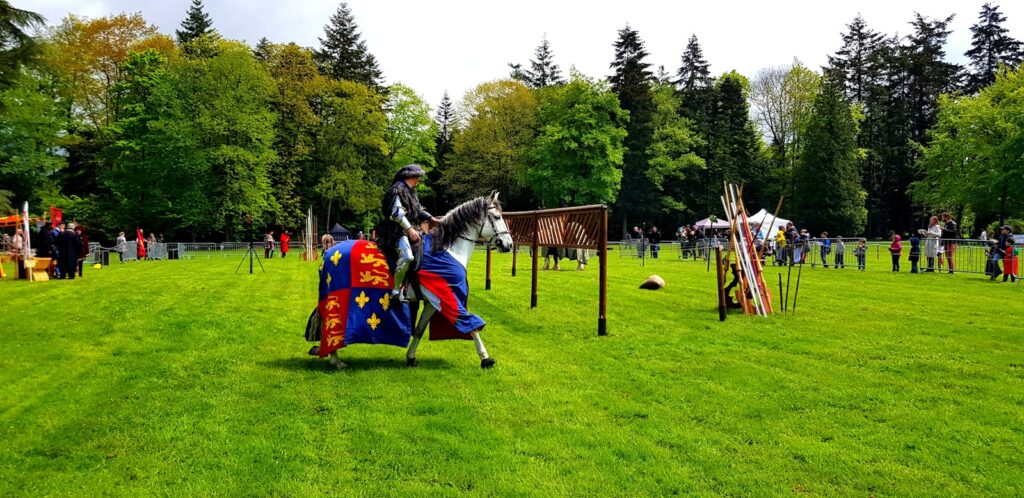
Responsible reenactment organizations prioritize equine welfare through comprehensive protocols addressing the unique stresses festival environments place on horses. Professional historical reenactors implement specialized training progressions that gradually expose horses to potentially frightening stimuli like weapons, flags, crowds, and unusual sounds before expecting them to perform in public settings. Temperature management presents particular challenges when combining historically accurate costumes with summer festival schedules, requiring careful monitoring and appropriate cooling measures to prevent heat stress. Modern welfare considerations often necessitate compromise with absolute historical accuracy—for example, using lighter-weight synthetic materials for some horse equipment, providing regular breaks, and maintaining modern veterinary standards throughout events. These welfare protocols reflect a fundamental difference between modern reenactments and actual medieval practices, prioritizing animal wellbeing while still delivering educational and entertaining historical experiences.
Logistical Challenges of Incorporating Horses in Festivals
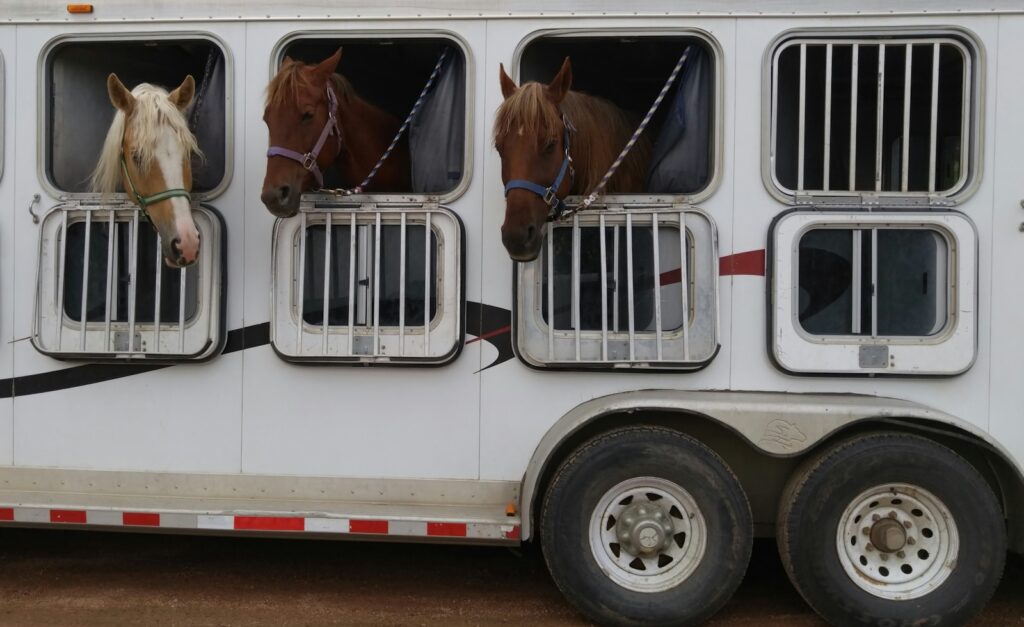
Behind the pageantry and performances, festival organizers and reenactors navigate complex logistical hurdles to incorporate horses safely and effectively. Suitable festival venues must provide secure stabling, appropriate footing, adequate space for performances, and sufficient separation between equestrian activities and pedestrian areas. Insurance requirements present significant financial considerations, with specialized policies covering the unique risks associated with horses in public entertainment settings. Transportation logistics become particularly complex for traveling reenactment groups, who must arrange appropriate hauling, layover facilities, and acclimation time for horses traveling to different event locations. These behind-the-scenes challenges explain why high-quality equestrian presentations represent particularly prestigious components of medieval festivals, requiring substantial resources, planning, and expertise to execute successfully.
Educational Impact of Equestrian Reenactments
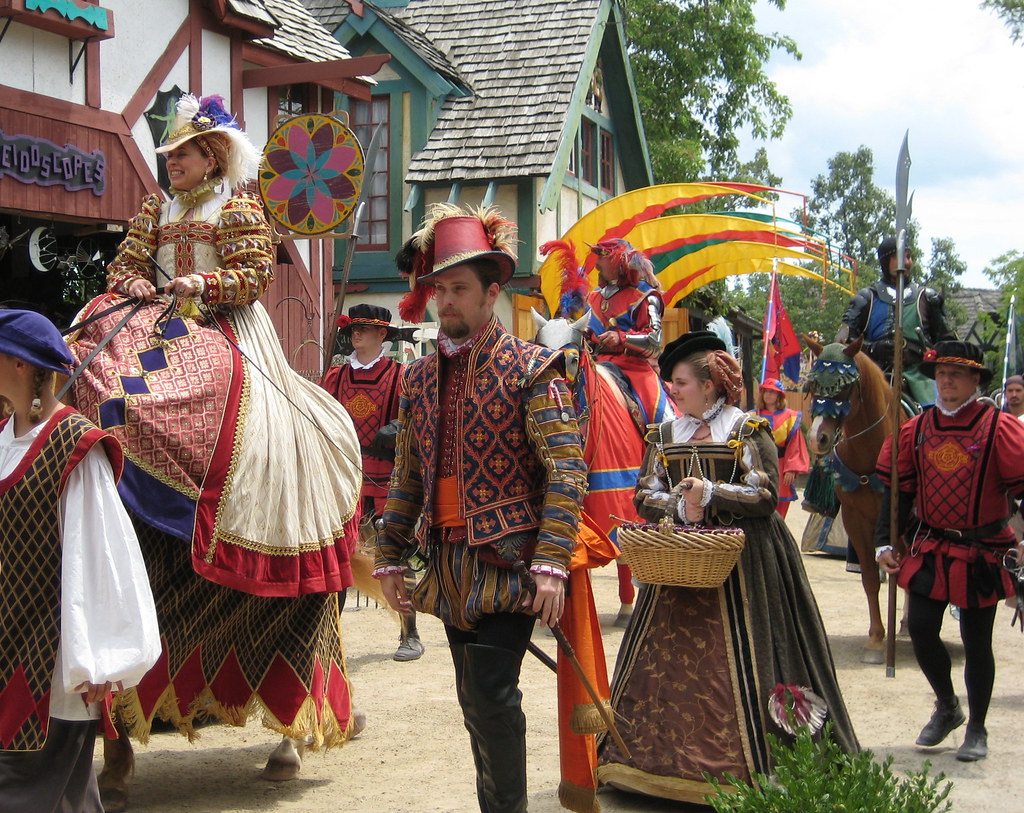
Equestrian demonstrations at medieval festivals serve as powerful educational tools, turning abstract historical concepts into tangible, memorable experiences. By witnessing the physical relationship between horses and riders executing historical techniques, audiences gain deeper understanding of medieval military tactics, social structures, and daily life that textbooks alone cannot convey. Many reenactment groups incorporate dedicated educational components alongside performances, offering interactive opportunities like guided equipment examinations, horsemanship demonstrations, and question-and-answer sessions with historical interpreters. University research increasingly recognizes the value of experiential learning through historical reenactment, with several academic institutions collaborating with equestrian reenactors to better understand aspects of medieval horsemanship through practical application of historical techniques. This educational dimension elevates equestrian presentations beyond mere entertainment, transforming them into valuable living history experiences that make medieval culture accessible to diverse audiences.
The Future of Horses in Historical Festivals
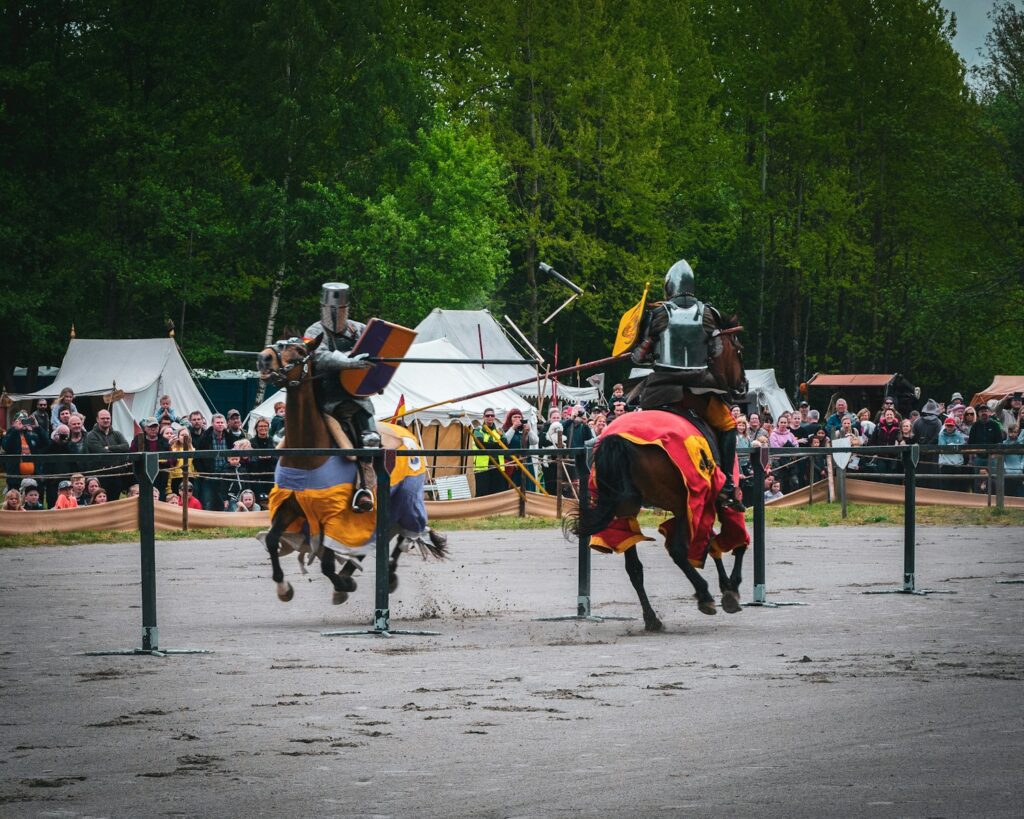
As historical festivals evolve, horses continue to serve as irreplaceable connections to medieval life, though their presentation adapts to contemporary circumstances. Increasing emphasis on historical accuracy drives ever more detailed research into equestrian equipment, training methods, and performance techniques, creating more authentic experiences for audiences. Technological innovations support this historical authenticity through better armor reproduction, improved training resources, and digital historical archives accessible to reenactors worldwide. Growing collaboration between academic historians and practical reenactors yields new insights into historical horsemanship, with experimental archaeology projects testing theories about medieval equestrian practices. These developments suggest a bright future for equestrian components of historical festivals, where horses will continue bringing medieval history vividly to life while benefiting from improved understanding of both historical practices and modern welfare considerations.
From thundering jousts to majestic processions, horses remain indispensable characters in the living theater of medieval reenactment. Their presence transforms abstract history into visceral experience, connecting modern audiences with centuries-old traditions through the universal language of human-animal partnership. As both historical subjects and performance partners, these magnificent animals carry forward cultural heritage while creating unforgettable moments for festival attendees. The special relationship between horses and humans—a partnership that helped shape medieval society—continues to educate and inspire through the dedicated efforts of equestrian reenactors worldwide, ensuring that this significant aspect of our shared past remains vibrantly alive in the present.

